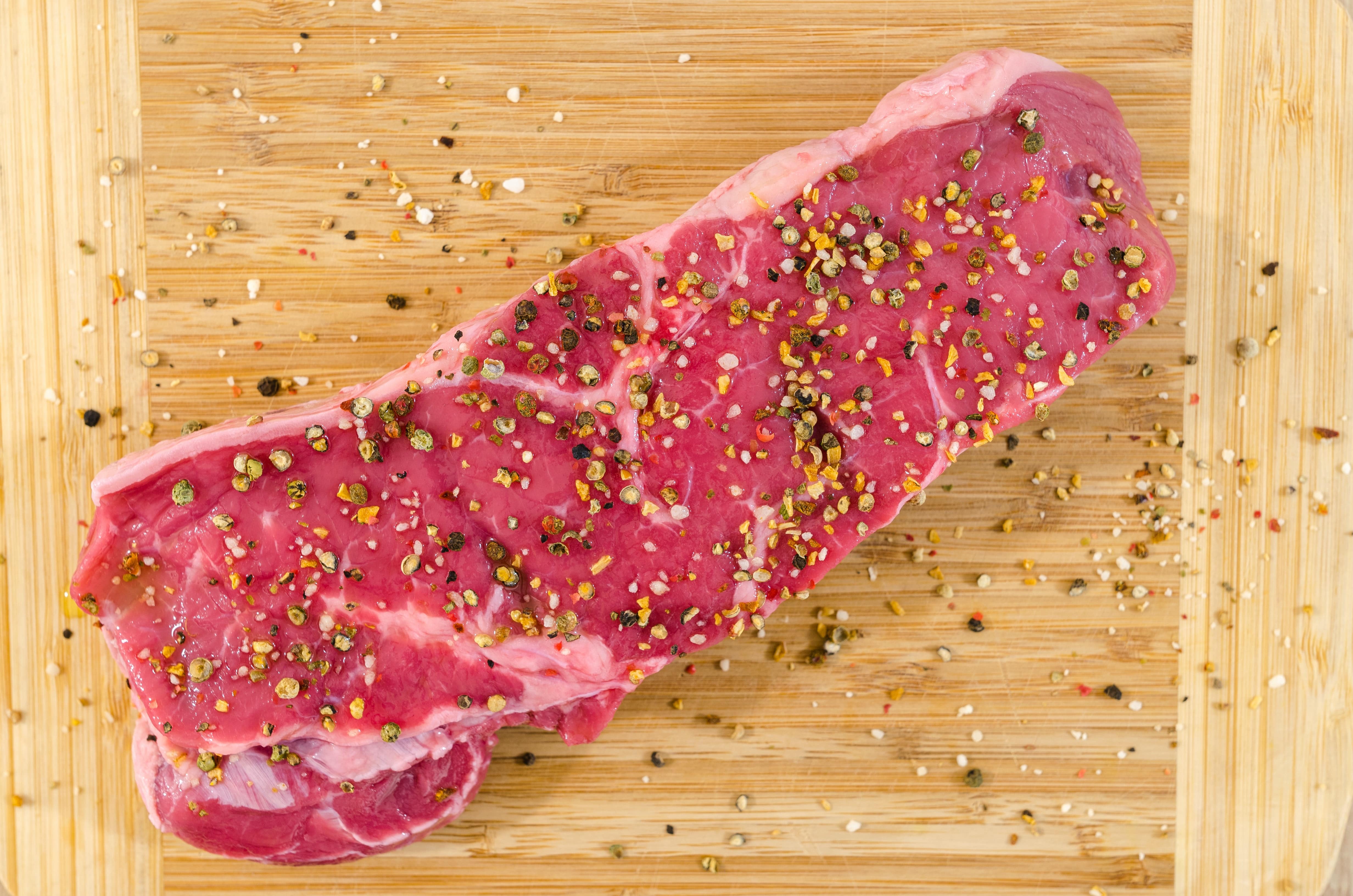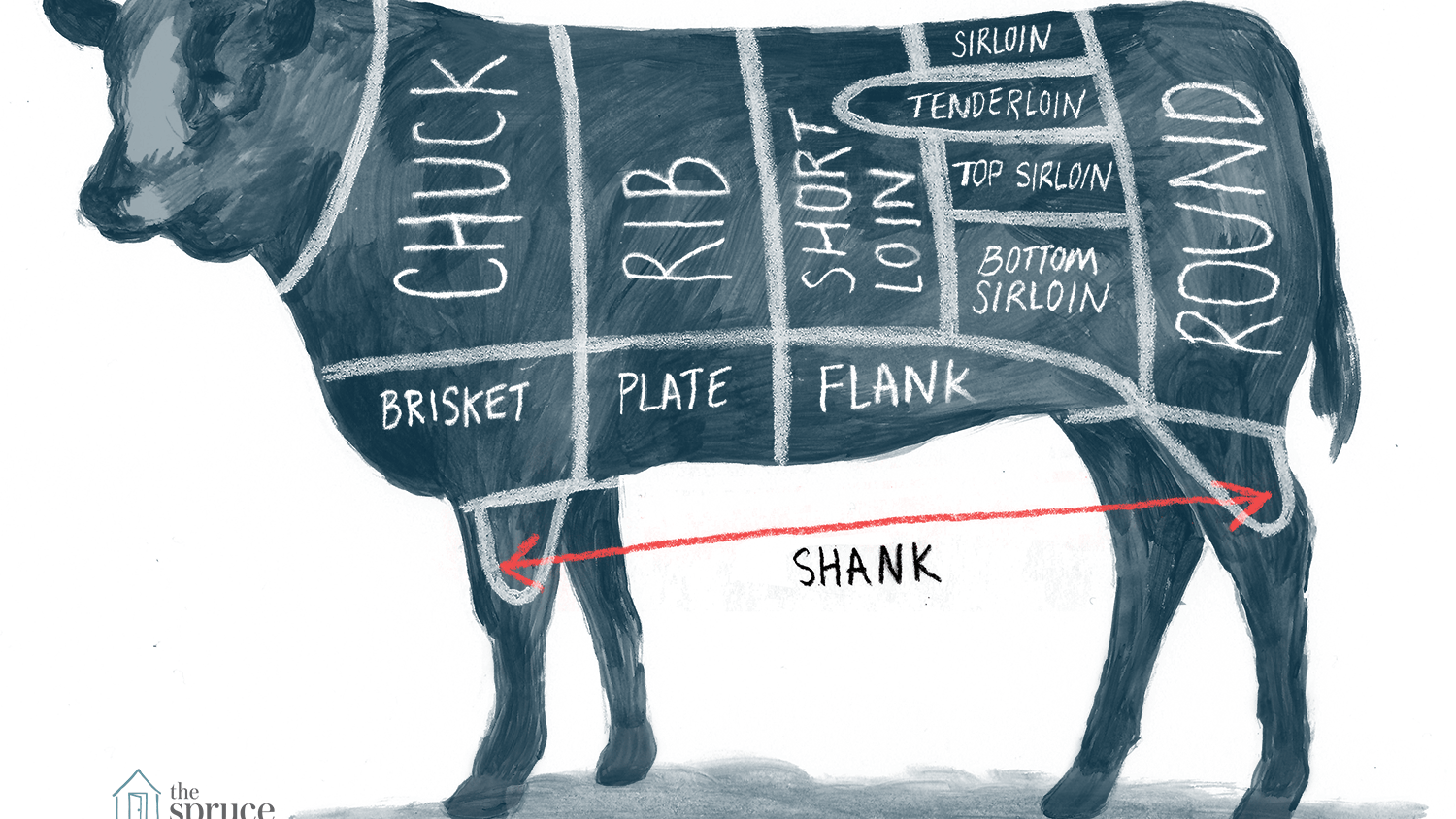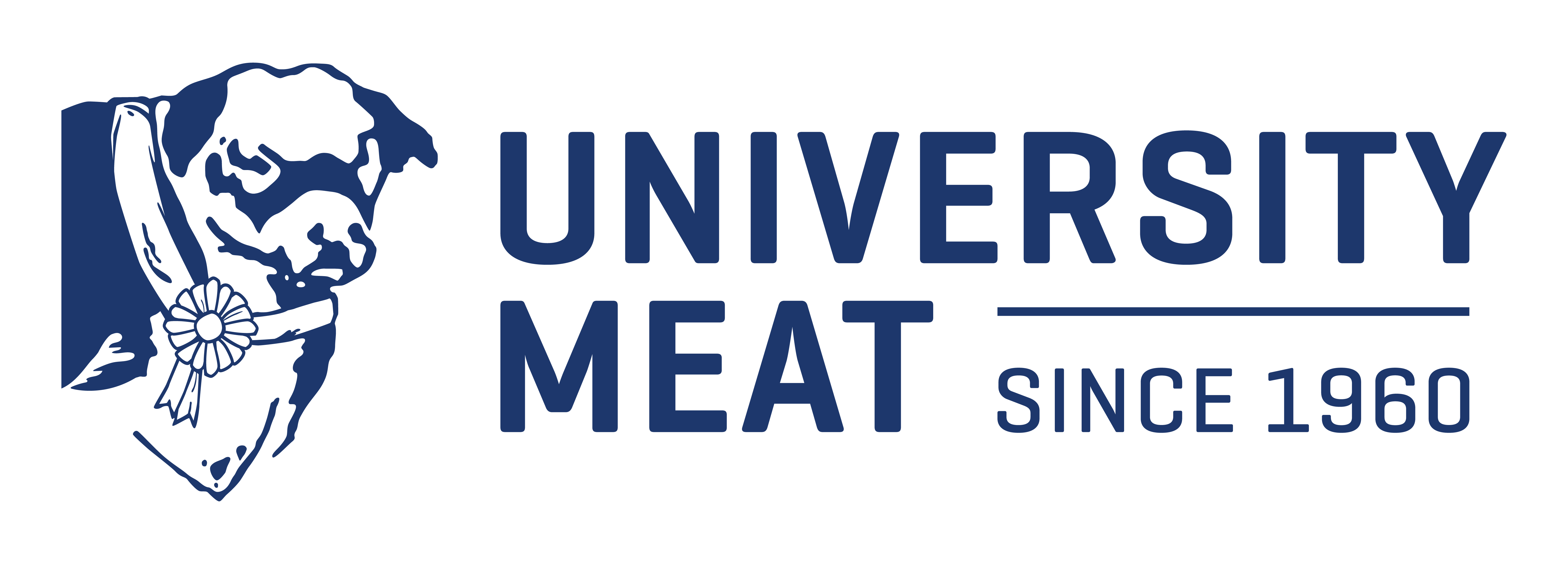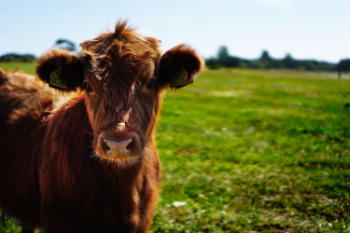Recommended Beef cuts - a Butchers Guide

So, where do various cuts of beef come from?
If you have wondered about this, you are not alone. And knowing the actual answer to this question can make you a savvy shopper at your local butcher.
Use our guide to assist you in identifying the recommended cuts you’d consider as you shop. We will also cover some useful tips for cooking so you can get the best flavour out of the meat you purchase. Do you need some cuts? University Meat is Melbourne's top online meat suppliers.
Where do beef cuts come from?
Different beef cuts first come from primal cuts, which is one more name for the major pieces of meat taken from the animal when the butchering procedure starts. Next, those meat pieces are broken into sub-primals and then retail beef cuts, which is likely what you are familiar with while buying beef.
Ultimately, some parts of the beef are tender, while others have more muscle and are tougher. Knowing where to retain beef cuts taken from the anatomy assists you in making the finest decision for your cooking purposes while shopping.
As you start with a butcher shop, bear in mind that you can implement your knowledge of how to read meal labels to purchase cows as well.
The right part of buying meat at your local butcher shop is that you can talk directly with them to find out if the beef was grass-fed and whether it was raised with growth hormones or not. This is a crucial 1st step to assessing the quality of the product before you purchase it.
Ten Primal Cuts of Beef
After you have learned about how the beef was raised and if it meets your criteria, it is worth it to next take some time to learn about the anatomy of animal cuts. In doing so you’ll be able to make a well-informed decision on what beef cuts work well for your budget and your delicious recipes.

Chuck
Taken from the front quarter part of the beef, chuck meat is a harder cut for animals since it is close to the muscular part. This area has parts of the shoulder, arm, and neck. Chuck beef has high fat, particularly making it fine for ground beef.
Cow chuck normally comes from among either the 5th or 6th ribs, so it also has a few inches of the longissimus Dorsi muscle. It is the same one that runs in tender rib-eye steak.
Some common uses of chuck include:
- A classic pot roast
- Burgers or Ground beef meals
- Various stews
Brisket
Now moving down, the beef brisket is taken from below the chuck. When cooked right away, this tougher part can turn into one of the most delicious, succulent meat cuts.
Brisket also has higher fat, which helps it tenderize while being prepared. The trick to handling meat from this part is to cook it slowly at a low temperature.
Some common uses for brisket include:
- Barbecue
- Steak sandwiches
- Pot roasts
Shank
It comes from the thigh, so there're a total of 4 shank beef cuts that are taken. The primal beef cut is full of connective tissue, so it is a bit tougher cut.
Considering that it is from the leg, it was utilized heavily by the cow. This is why it is a leaner piece and it needs a long time to cook.
Some common uses for shank include:
- Low-fat ground beef
- Beef bourguignon
- Soups
Plate
Moving over the right, the animal plate comes from the underbelly of the beef and can also be called a long plate depending on where the butcher separates from the beef ribs primal cut.
This part does have great fat content, but it also has huge cartilage. Meat cuts from this piece can normally be cooked quickly. You must be cautious and not overcook or it might become chewy.
Some common uses for plates include:
- Braised food dishes
- Ground beef
- Skirt steak
Rib
This beef primal cut is normally taken from among the 6th twelfth ribs. Coming from the middle section of the beef ribs, this cut contains super tender meat. This makes it an excellent beef primal cut to cook using dry heat.
Some common uses for rib include:
- Roasts
- Ribeye steak
- Ribs
- Satay dishes
Short Loin
If you are looking for high-quality tender meat, you will find it in the lion cut. Some of the finest, most well-known beef steak cuts come from this cut.
Depending on the thickness, this beef piece can give around 11 to 13 steaks. Ensure you follow the right way, so you can get the perfect steak possible.
Some common uses for the short lion include:
- Loin steak tail
- Porterhouse steak
- T-bone steak
Sirloin
Directly behind the short loin, the butcher can take out the primal sirloin beef cut, though it is a rear piece of the lion part. This beef cut has the full hip bone of the cow and is later separated into top and below sirloin butt and tenderloin.
Same as the short lion, this is a premium beef cut with a super tender flavour. It also can be cut into various steaks. Beef from this part works particularly well for grilling!
Some Common uses for sirloin include:
- Sirloin steak
- Coulotte steak
- Roasts
- Tri-tip steak
Flank
Flank is a beef cut taken below sirloin and lion meat pieces, along the belly of the beef. The key to making it’s to be careful not to overcook the meat.
The part of the flank that comes from has strong muscle fibres that when cooked wrongly can get tough. For this, some people will marinate beef cuts taken from the flank before cooking them.
Some common uses for flank include:
- Braised meat dishes
- Flank steak
- Ground beef
Round
Taken from the hindquarters, a round cut typically includes the back leg of the cow. Since the beef uses this part for walking, it has several lean muscles and the beef cut is then usually separated into sub-primal beef cuts, the top round, the below, and the knuckle. The top & bottom round beef cuts are lean but also have less collagen in the meat.
Some common uses for the round include
- Lunchmeat
- Roasts
Rump
Also taken from the hindquarter, this meat cut is taken from the top end of the beef. Some butchers also consider this cut to be part of the round cut above.
Some Common uses for rump include:
- Ground beef
- Steaks
- Roasts
Front Quarter vs. Hindquarter
Sometimes instead of buying some small cuts from their butcher, people will also consider buying a front quarter or beef hindquarter. Just like purchasing dry goods in bulk can save huge money, a similar can be said of purchasing beef in bulk.
It is a wonderful option if you find your family eats many of it or you are looking to get a great deal upfront. The hindquarter is more costly to purchase, but it contains several of those flavorful meats and steaks.
The front quarter is an economical choice since it does not have a few of those premium quality steaks. If you are torn about which is better, there’s a 3rd choice you can ask about. Want to know more? Talk to our meat suppliers in Melbourne.
Instead of turning it into a matter of meat front quarter versus hindquarter, ask if your butcher will sell a split quarterly. Instead of picking from either the back or front parts, you can divide the beef down to the middle. That way you can enjoy beef from both quarters, without having to purchase a whole butchered animal.

How to Cook Different Beef Cuts
Preparing your meet right all comes down to one main element – heat. And there’re 2 types of heat used for cooking beef meat. Moist heat uses steam, water, or liquid as a vehicle to transfer heat to a meal. It is a slower cooking procedure, but it can be wonderful for pieces with cartilage or muscle.
The slow pace can help break down beef to get the finest flavour and tenderize it. This is why a few more economical beef cuts work great for steaming, broiling, stewing, or braising. Dry heat transfers warmth either via the air or by direct contact.
It is quicker for cooking and is a wonderful way to use when cooking tender beef that can be ruined by slow cooking. This is why people will pan-sear, roast, bake, or grill.
Adding flavour
Aside from cooking, seasoning beef to taste is just as important. You can find a bunch of different blends for meat, or go with a pepper mix and classic salt. Aside from seasoning, there are plenty of methods to use fresh herbs while cooking to improve your food.
A sprinkle of rosemary or a touch of thyme can add a new dimension to the taste. And if you still wish to do more, consider using a marinade or tougher meat pieces of beef.
Aside from assisting in making the beef tender, it also adds flavorfulness. It is also a fun way to experiment with various recipes and try something flavorful and new.
So, what are the best beef cuts?
The easiest method to get the right cuts of meat from an animal is to find out if the pieces are coming from the rib or lion part of the beef. From what you have learned about butchering beef primal cuts above, meat from this part has less muscle and tough cartridges as compared to beef taken from the outer parts. Ultimately it is more flavorful and tender.
Some of the best beef primal cuts you can get include:
- Bone-in ribs
- Chuck roast
- Ribeye roast
- Flat iron steak
- Tenderloin
- Ribeye steak
- Skirt steak
- Sirloin steak
However, it is vital to ensure you prepare the best beef cuts perfectly and also to get the right flavour. A fine piece of meat can simply be ruined if it is not handled the right way. Do you need some beef cuts? get in touch with our wholesale meat suppliers Melbourne.
Looking to have your meat delivered in Melbourne?
Talk to our team at University Meat
 © 2016 University Meat |
© 2016 University Meat |









